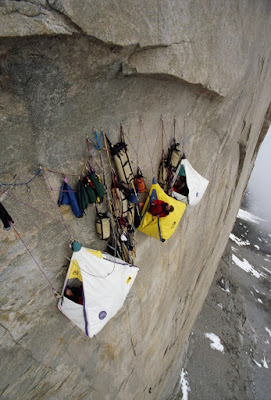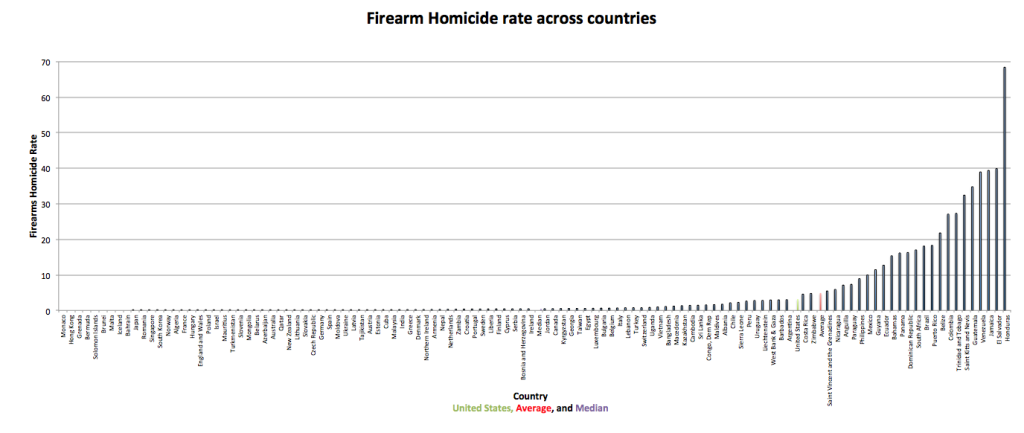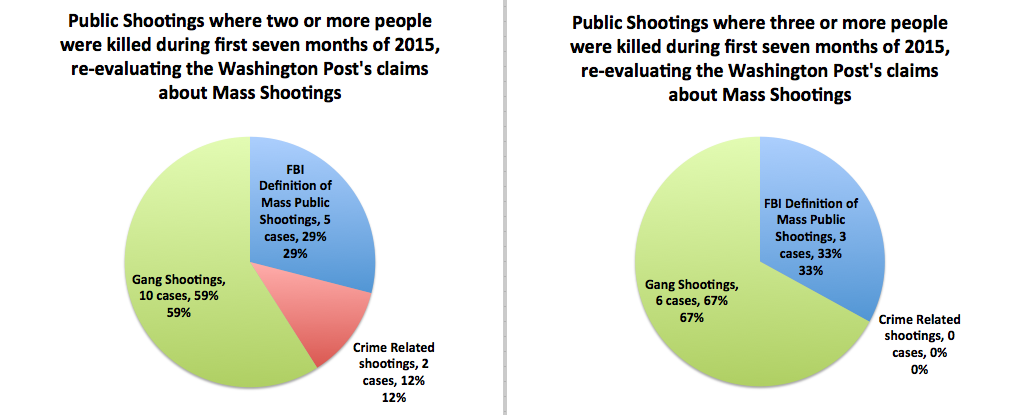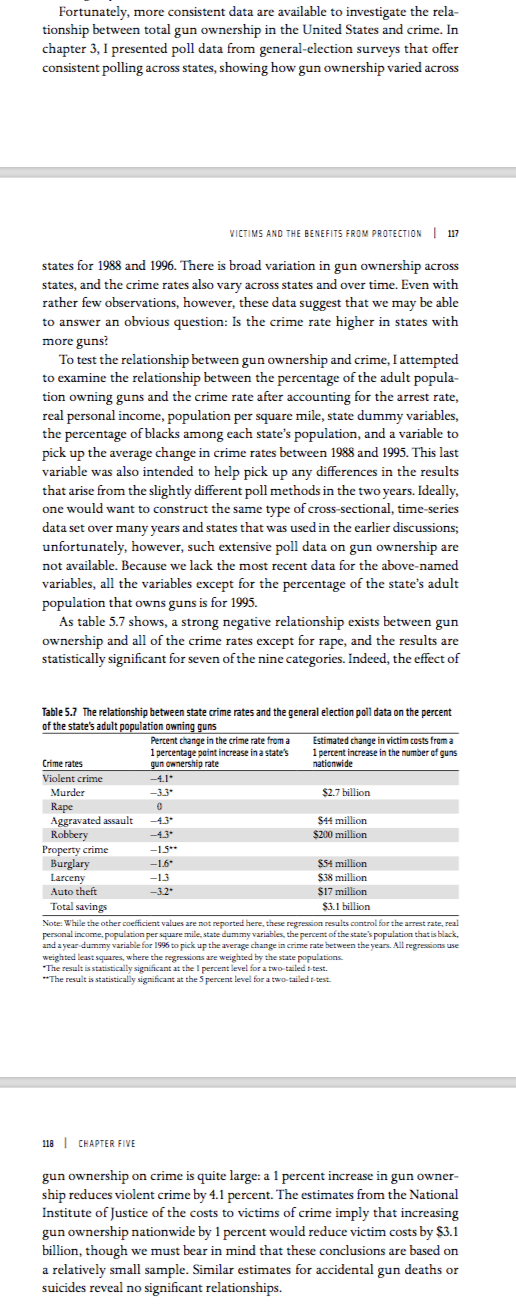If you want to stop this behavior, simply stop sending your children there and stop contributing to them.
The Columbia University College Republicans (CUCR) group has invited such speakers as Dennis Prager, Ann Coulter, and Mike Scaramucci to campus. The protesters objected that “Columbia’s actions last October—giving a platform to white supremacists and seeking to punish students for protesting them—was not an isolated incident.”
Columbia students had to endure such other students screaming “Dear students, what is anti-Black racism?” and “Can any student in this room right now tell me what anti-Black racism is? Ivy League! Ivy League! How does anti-Black racism play a role in what’s happening now?”
The protesters demanded “decolonization” of the curriculum since, as one protester explained, “Almost all of the readings, are white men.” They demanded that professors be forced to assign an “equitable amount of literature . . . from marginalized people: black people, women of color, trans people.”
I have previously written that universities have shown a striking lack of courage and commitment in defense of academic freedom and free speech. I previously discussed the utter failure of Northwestern to support these values in a conflict over a Sociology 201 class by Professor Beth Redbird that examines “inequality in American society with an emphasis on race, class and gender.” To that end, Redbird invited both an undocumented person and a spokesperson for the Immigration and Customs Enforcement. It is the type of balance that it now considered verboten on campuses.
Members of MEChA de Northwestern, Black Lives Matter NU, the Immigrant Justice Project, the Asian Pacific American Coalition, NU Queer Trans Intersex People of Color and Rainbow Alliance organized to stop other students from hearing from the ICE representative. However, they could not have succeeded without the help of Northwestern administrators (including Dean of Students Todd Adams). The protesters were screaming “F**k ICE” outside of the hall. Adams and the other administrators then said that the protesters screaming profanities would be allowed into the class if they promised not to disrupt the class. Really? They were screaming profanities and seeking to stop the class but would just sit nicely as the speaker answered questions?
Of course, that did not happen. As soon as the protesters were allowed into the classroom, they prevented the ICE representative from speaking. The ICE representatives eventually left and Redbird canceled the class to discuss the issue with the protesters that just prevented her students from hearing an opposing view.
The comments of the Northwestern students were predictable after being told by people like Schapiro that some offensive speech should be treated as a form of assault. SESP sophomore April Navarro rejected that faculty should be allowed to invite such speakers to their classrooms for a “good, nice conversation with ICE.” She insisted such speakers needed to be silenced because they “terrorize communities” and profit from detainee labor. Here is the face of the new generation of censors being shaped by speech-intolerant academics like Schapiro:
“We’re not interested in having those types of conversations that would be like, ‘Oh, let’s listen to their side of it’ because that’s making them passive rule-followers rather than active proponents of violence. We’re not engaging in those kinds of things; it legitimizes ICE’s violence, it makes Northwestern complicit in this. There’s an unequal power balance that happens when you deal with state apparatuses.”
It is reminiscent of chilling recent editorial by students at Wellesley dismissing free speech protections for those with whom they disagree. We have also seen physical attacks on pro-life advocates at the University of California justified on the basis that such views constitute a form of “terrorism.” Likewise, leaders like Howard Dean have dismissed the notion of free speech protection for anything that he views as hate speech.
As for Northwestern, the official response to students shutting down a class to silence an opposing view resulted in a statement that the actions of the students were “disappointing that the speakers were not allowed to speak.” That is a disgrace. Students interrupting classes or speakers should be suspended and, for repeated such violations, expelled.
In Berkeley, students stopped other students from taking a midterm examination as the professor virtually pleaded that they allowed other students to finish their work. Students are being reinforced in their disruption of classes by Administrators and faculty. For example, I recently discussed the bizarre response of CUNY Law Dean Mary Lu Bilek in such a case. When conservative law professor Josh Blackman was stopped from speaking about “the importance of free speech,” Bilek insisted that disrupting the speech on free speech was free speech. It reveals the twisted logic overtaking our schools on both tolerance and free speech.
Blackman, a law professor from the South Texas College of Law Houston, often writes thoughtful conservative takes on legal issues and was appearing at an event with the CUNY Federalist Society. While Bilek says that the heckler’s caused only a “limited” interruption, Blackman says that it was prolonged and prevented him from being able to give his full speech.
The protesters reportedly chanted things like “legal objectivity is a myth” and called him “a white supremacist.”
Bilek responded in an email to Inside Higher Ed, that the interruption was acceptable because it was short: “For the first eight minutes of the 70-minute event, the protesting students voiced their disagreements. The speaker engaged with them. The protesting students then filed out of the room, and the event proceeded to its conclusion without incident.”
She added “this non-violent, limited protest was a reasonable exercise of protected free speech,” adding that “it did not violate any university policy.” Not a single CUNY law professor is on record opposing this view, though non-law professors have courageously asked for an explanation of the policy.
I recently wrote how Antifa and other college protesters are increasingly denouncing free speech and the foundations for liberal democracies. Some protesters reject classic liberalism and the belief in free speech as part of the oppression on campus. The movement threatens both academic freedom and free speech — a threat that is growing due to the failure of administrators and faculty to remain true to core academic principles.
A clear line must be drawn between protesting and preventing speech or teaching or studying. There is no easy way to deal with such obstruction. Students who shutdown classes or speeches or libraries should be disciplined and, in appropriate cases, expelled.
------------------------------------------
We have been discussing the increasing practice of students interrupting classes or speeches to prevent others from hearing opposing views. This has included protests where students have been prevented from studying as other students accuse them of privilege or racism. Administrators at schools like Dartmouth have allowed such abusive conduct to occur without disciplinary action, even apologizing to the protesters. Now, twenty students were allowed to storm the Columbia University library Wednesday to protest the fact that College Republicans were allowed to exercise their free speech in bringing conservative speakers to campus. It was a demonstration that not only sought to deny other students free speech but did so in a way to deny students their right to study. Columbia has been silent on any effort to discipline the students. The Liberation Coalition occupied the library staircase while holding signs proclaiming “Decolonize Columbia” and “Divest from White Supremacy Now.”The Columbia University College Republicans (CUCR) group has invited such speakers as Dennis Prager, Ann Coulter, and Mike Scaramucci to campus. The protesters objected that “Columbia’s actions last October—giving a platform to white supremacists and seeking to punish students for protesting them—was not an isolated incident.”
Columbia students had to endure such other students screaming “Dear students, what is anti-Black racism?” and “Can any student in this room right now tell me what anti-Black racism is? Ivy League! Ivy League! How does anti-Black racism play a role in what’s happening now?”
The protesters demanded “decolonization” of the curriculum since, as one protester explained, “Almost all of the readings, are white men.” They demanded that professors be forced to assign an “equitable amount of literature . . . from marginalized people: black people, women of color, trans people.”
I have previously written that universities have shown a striking lack of courage and commitment in defense of academic freedom and free speech. I previously discussed the utter failure of Northwestern to support these values in a conflict over a Sociology 201 class by Professor Beth Redbird that examines “inequality in American society with an emphasis on race, class and gender.” To that end, Redbird invited both an undocumented person and a spokesperson for the Immigration and Customs Enforcement. It is the type of balance that it now considered verboten on campuses.
Members of MEChA de Northwestern, Black Lives Matter NU, the Immigrant Justice Project, the Asian Pacific American Coalition, NU Queer Trans Intersex People of Color and Rainbow Alliance organized to stop other students from hearing from the ICE representative. However, they could not have succeeded without the help of Northwestern administrators (including Dean of Students Todd Adams). The protesters were screaming “F**k ICE” outside of the hall. Adams and the other administrators then said that the protesters screaming profanities would be allowed into the class if they promised not to disrupt the class. Really? They were screaming profanities and seeking to stop the class but would just sit nicely as the speaker answered questions?
Of course, that did not happen. As soon as the protesters were allowed into the classroom, they prevented the ICE representative from speaking. The ICE representatives eventually left and Redbird canceled the class to discuss the issue with the protesters that just prevented her students from hearing an opposing view.
The comments of the Northwestern students were predictable after being told by people like Schapiro that some offensive speech should be treated as a form of assault. SESP sophomore April Navarro rejected that faculty should be allowed to invite such speakers to their classrooms for a “good, nice conversation with ICE.” She insisted such speakers needed to be silenced because they “terrorize communities” and profit from detainee labor. Here is the face of the new generation of censors being shaped by speech-intolerant academics like Schapiro:
“We’re not interested in having those types of conversations that would be like, ‘Oh, let’s listen to their side of it’ because that’s making them passive rule-followers rather than active proponents of violence. We’re not engaging in those kinds of things; it legitimizes ICE’s violence, it makes Northwestern complicit in this. There’s an unequal power balance that happens when you deal with state apparatuses.”
It is reminiscent of chilling recent editorial by students at Wellesley dismissing free speech protections for those with whom they disagree. We have also seen physical attacks on pro-life advocates at the University of California justified on the basis that such views constitute a form of “terrorism.” Likewise, leaders like Howard Dean have dismissed the notion of free speech protection for anything that he views as hate speech.
As for Northwestern, the official response to students shutting down a class to silence an opposing view resulted in a statement that the actions of the students were “disappointing that the speakers were not allowed to speak.” That is a disgrace. Students interrupting classes or speakers should be suspended and, for repeated such violations, expelled.
In Berkeley, students stopped other students from taking a midterm examination as the professor virtually pleaded that they allowed other students to finish their work. Students are being reinforced in their disruption of classes by Administrators and faculty. For example, I recently discussed the bizarre response of CUNY Law Dean Mary Lu Bilek in such a case. When conservative law professor Josh Blackman was stopped from speaking about “the importance of free speech,” Bilek insisted that disrupting the speech on free speech was free speech. It reveals the twisted logic overtaking our schools on both tolerance and free speech.
Blackman, a law professor from the South Texas College of Law Houston, often writes thoughtful conservative takes on legal issues and was appearing at an event with the CUNY Federalist Society. While Bilek says that the heckler’s caused only a “limited” interruption, Blackman says that it was prolonged and prevented him from being able to give his full speech.
The protesters reportedly chanted things like “legal objectivity is a myth” and called him “a white supremacist.”
Bilek responded in an email to Inside Higher Ed, that the interruption was acceptable because it was short: “For the first eight minutes of the 70-minute event, the protesting students voiced their disagreements. The speaker engaged with them. The protesting students then filed out of the room, and the event proceeded to its conclusion without incident.”
She added “this non-violent, limited protest was a reasonable exercise of protected free speech,” adding that “it did not violate any university policy.” Not a single CUNY law professor is on record opposing this view, though non-law professors have courageously asked for an explanation of the policy.
I recently wrote how Antifa and other college protesters are increasingly denouncing free speech and the foundations for liberal democracies. Some protesters reject classic liberalism and the belief in free speech as part of the oppression on campus. The movement threatens both academic freedom and free speech — a threat that is growing due to the failure of administrators and faculty to remain true to core academic principles.
A clear line must be drawn between protesting and preventing speech or teaching or studying. There is no easy way to deal with such obstruction. Students who shutdown classes or speeches or libraries should be disciplined and, in appropriate cases, expelled.










































/cdn.vox-cdn.com/uploads/chorus_asset/file/10259683/mother_jones_gun_deaths_by_state.png)

/cdn.vox-cdn.com/uploads/chorus_asset/file/10328651/CRIME_15_COUNTRIES_US.jpg)

/cdn.vox-cdn.com/uploads/chorus_asset/file/9371423/gun_control_vs_deaths.jpg)


/cdn.vox-cdn.com/uploads/chorus_asset/file/9371561/fatal_suicide_attempts.jpg)

